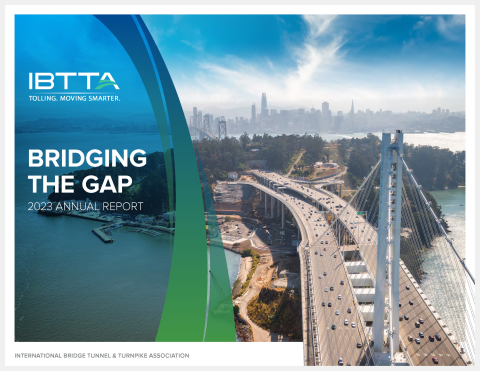
Egis, with the support of the Concessionaire Atlandes, has developed an innovative Virtual Reality (VR) Training program to teach and certify safety patrollers to perform incident management for toll bridges, tunnels, and highways while completely eliminating the risk and danger of on-site emergency instruction to trainers and students. In collaboration with Immersive Factory, a start-up specializing in the design of virtual training, we developed a series of 15-minute learning modules to train motorway patrollers using virtual reality technology on the A63 Motorway, a 65-mile toll road between Bordeaux, France, and Spain.
The job of patroller is extremely dangerous. In France, an average of 10 patroller vehicles are hit per month while the patrollers are securing an event, leading to 16 injured patrollers and one death. And, training in this environment is even more dangerous. On-site training is also very time-consuming and expensive; and the ability to replicate many different event types and conditions is severely limited.
Egis VR Training has changed all of that.
The VR Training is a total immersion in the working environment. The surrounding conditions such as traffic noise, vehicle speed and weather events are reproduced in very realistic detail – allowing the student to experience a variety of real-world emergencies in real-time.
With the new VR Training, A63 patrollers can be safely trained and tested in motorway safety and callout procedures by simply donning a virtual reality headset and using the handheld controls.
Every activity is simulated within the VR environment. From behind the wheel of their virtual safety vehicle, the patroller encounters a random incident such as a broken-down vehicle, an object in the middle of the road, or a serious accident causing injuries or involving hazardous materials. As in real-life, the patroller then has only a few seconds to make their decisions for dealing with the emergency. Where should I park my van? What warning lights, signs and markings should I install – and where should they located? And, how can I best protect myself and those involved in the incident?
The virtual reality training module is now used as part of an awareness-raising exercise aimed at all other employees in our company to help them gain a better understanding of the job of the patroller which fosters improved communication between our various project teams. And, finally, based on the great feedback received on our in-house awareness program, we will be using our VR Training as part of a communication campaign to teach customers about safety procedures on the motorway.





